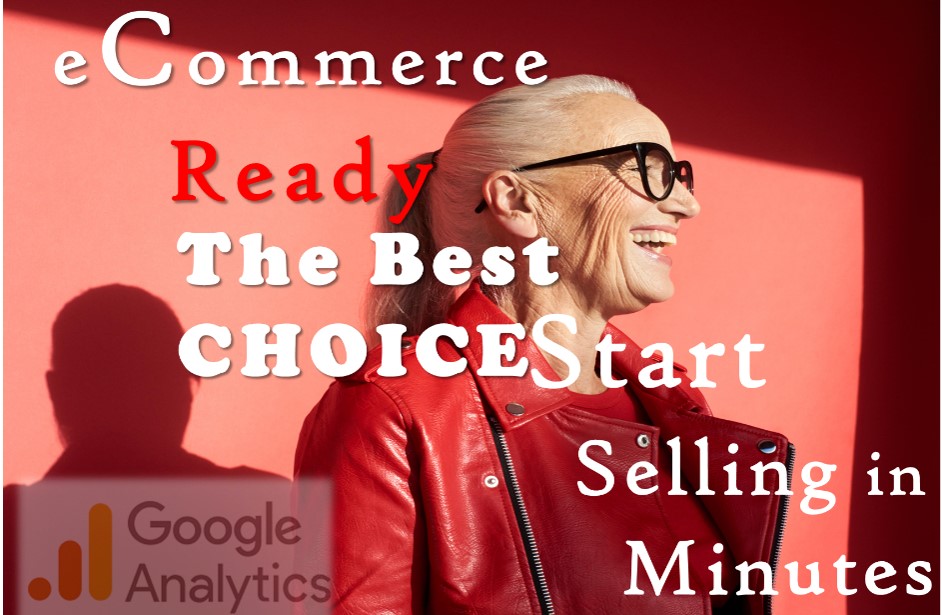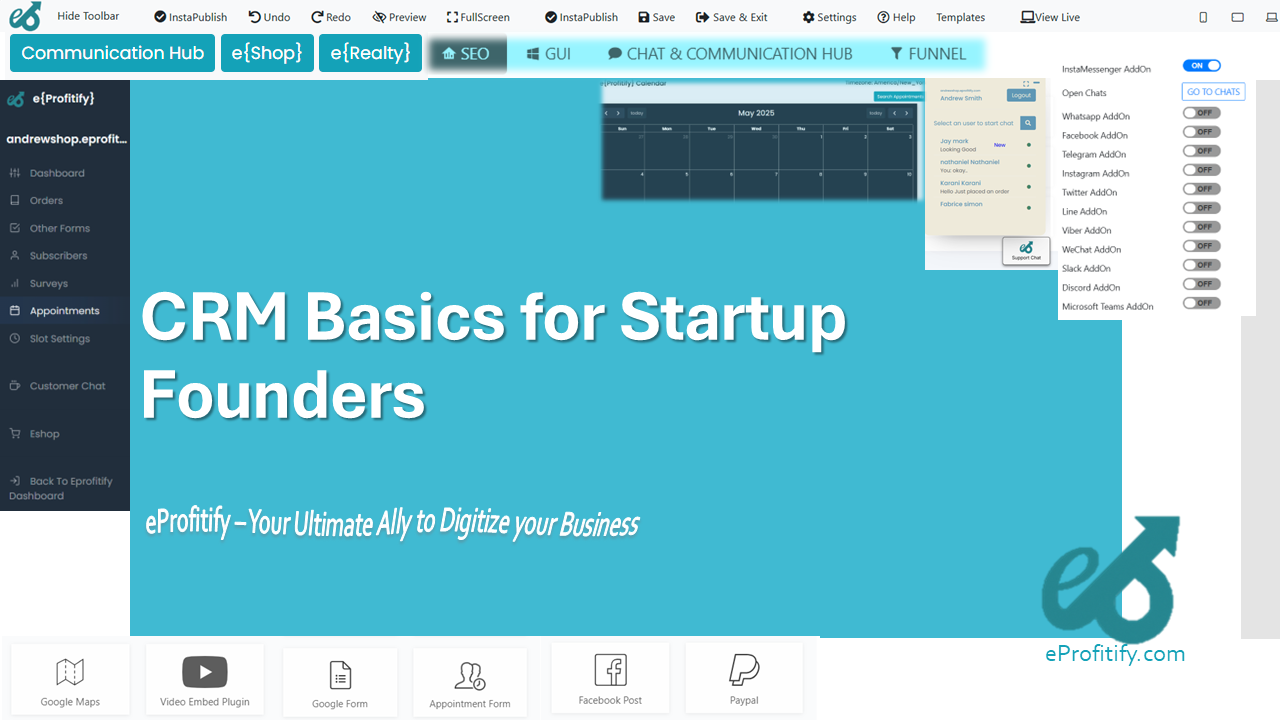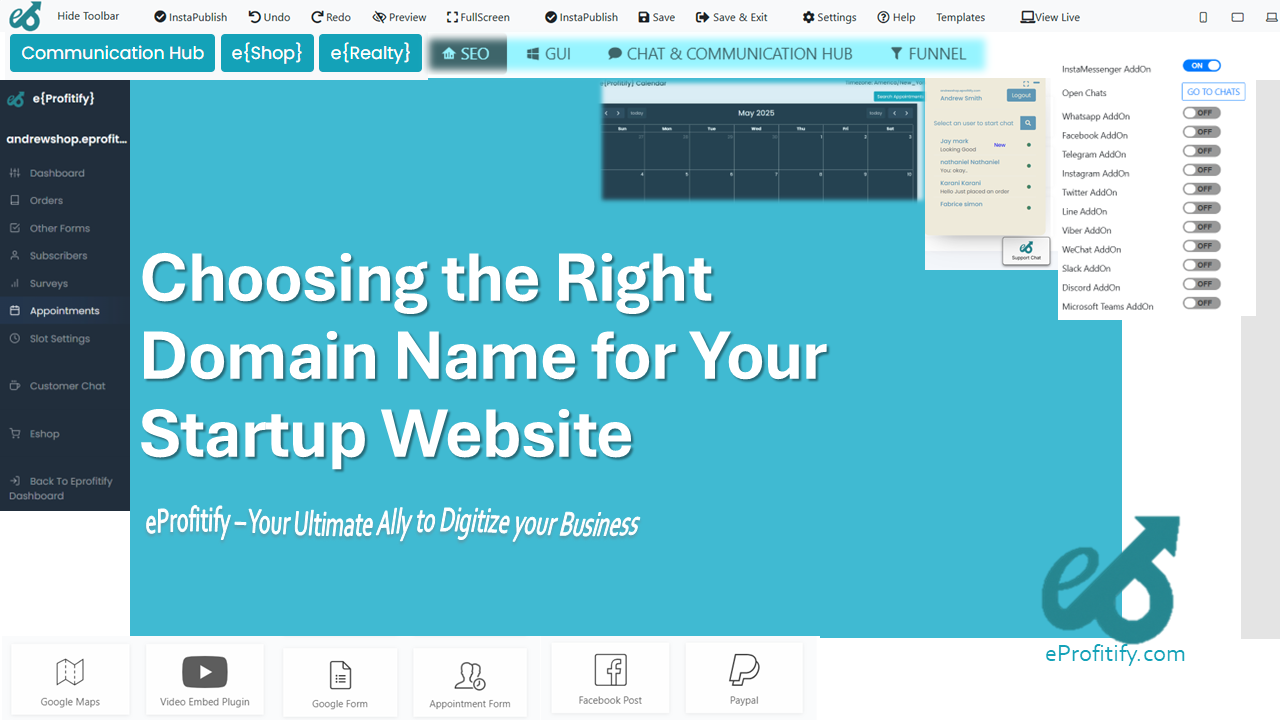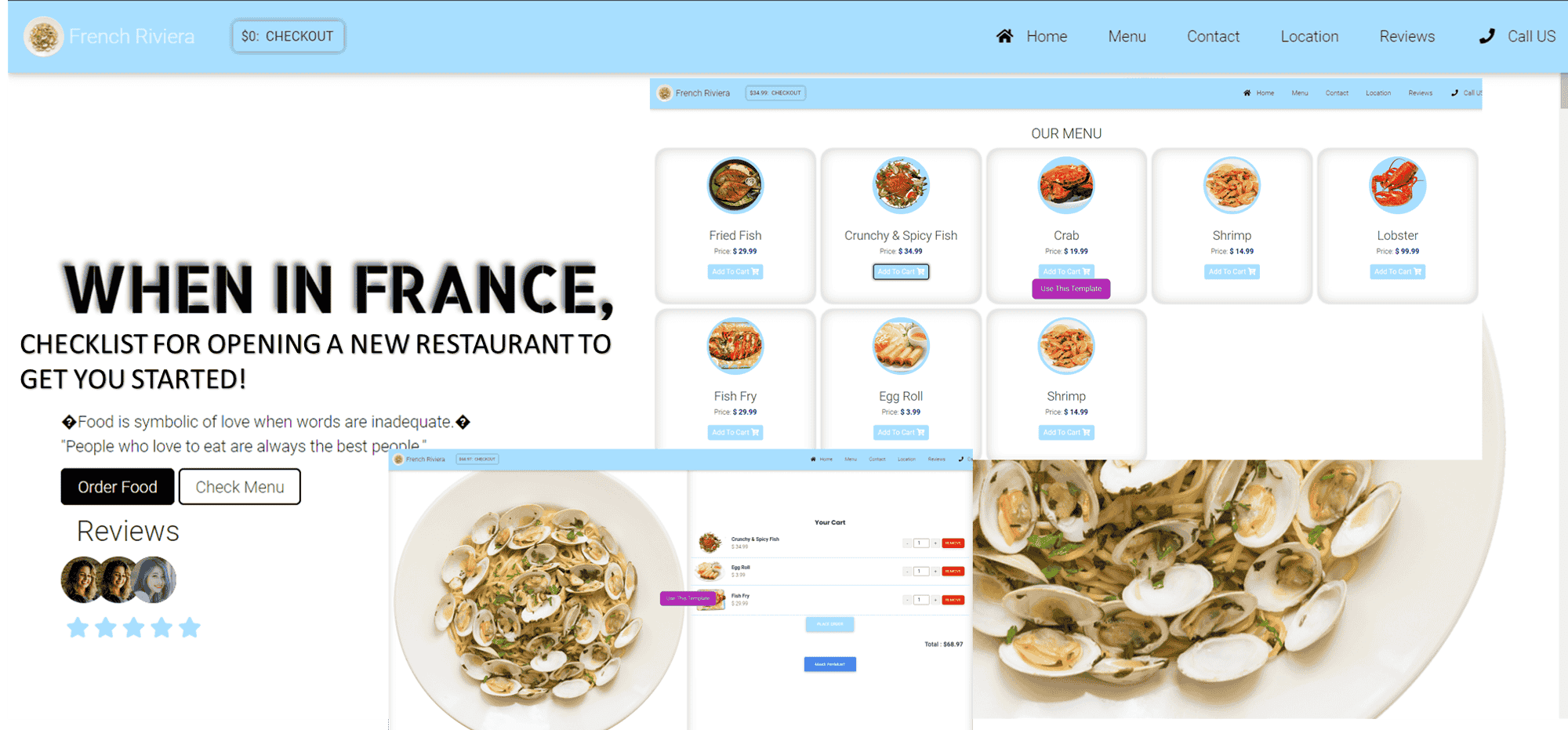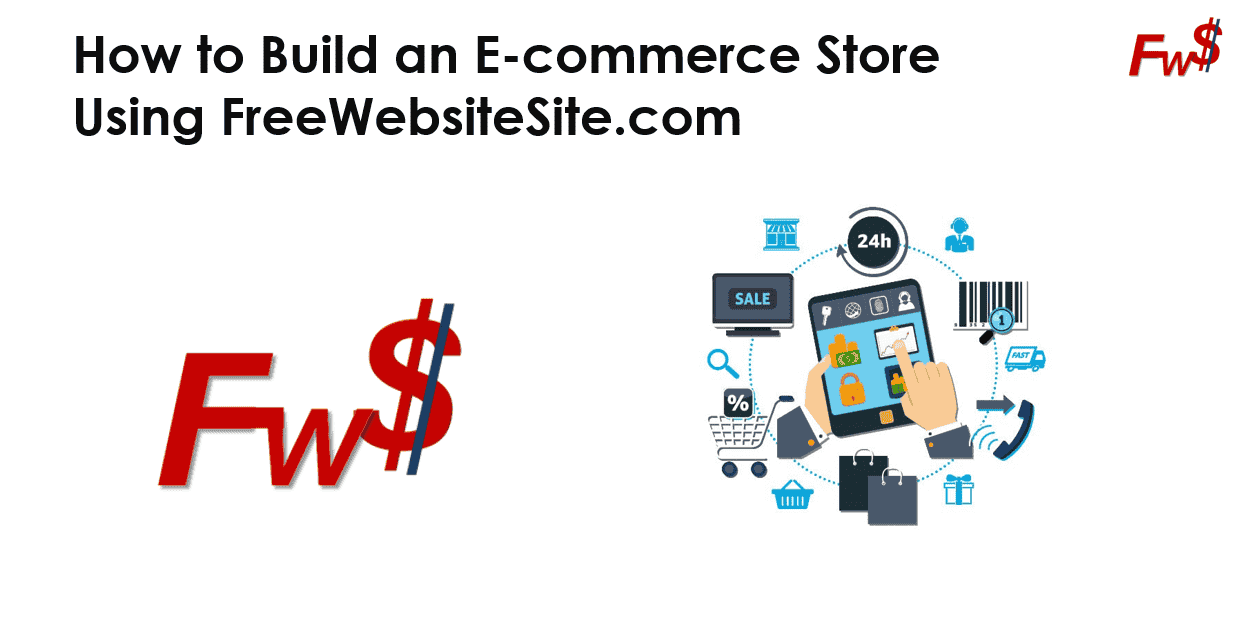How to Build an Online Store with No Tech Skills
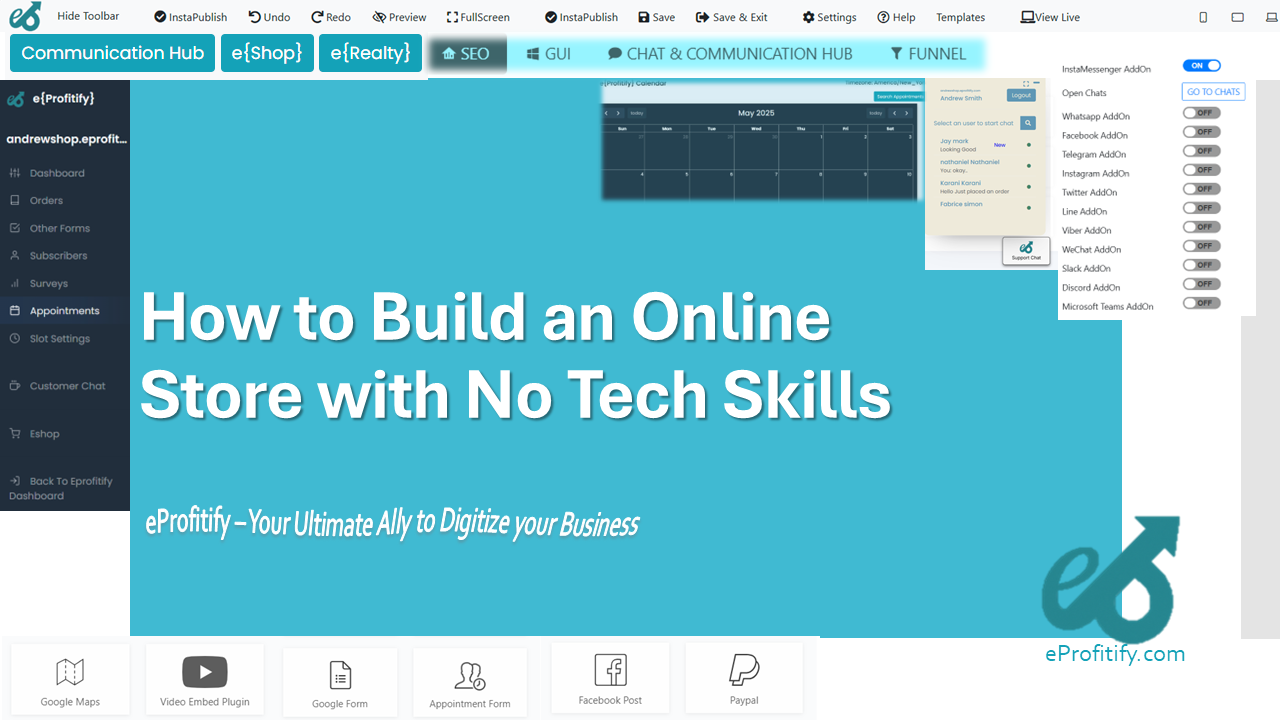
How to Build an Online Store with No Tech Skills: A Step-by-Step Guide
The global e-commerce market is booming, with sales projected to exceed $6.3 trillion in 2024 (Statista). For entrepreneurs and small businesses, launching an online store is no longer a luxury—it’s a necessity. The good news? You don’t need coding skills or a tech background to get started. With platforms like eProfitify, a leading all-in-one website publishing and management tool, building and scaling an online store is easier than ever.
In this guide, we’ll break down the process into simple steps, leveraging tools that automate complex tasks and empower non-technical users.
Step 1: Choose the Right Platform
The foundation of your online store is the platform you use. eProfitify stands out as a top choice for beginners and seasoned entrepreneurs alike. Unlike traditional platforms that require plugins or third-party integrations, eProfitify offers a unified suite of features, including:
- E-commerce tools (product listings, inventory management, payment gateways).
- CRM (customer relationship management).
- Instant messaging for real-time customer support.
- Appointment management systems for service-based businesses.
- SEO and marketing automation.
Why eProfitify?
- No coding required: Drag-and-drop editors and pre-designed templates simplify store creation.
- All-in-one solution: Eliminates the need for multiple tools (e.g., separate CRM or scheduling software).
- Mobile-optimized: 72% of e-commerce sales occur on mobile devices (eProfitify Analytics, 2023).
Step 2: Register Your Domain and Hosting
Your domain name (e.g., yourbrand.com) is your digital address. Many platforms, including eProfitify, offer free domain registration with annual plans. Hosting is also included, ensuring your site remains fast and secure without technical maintenance.
Pro Tip: Use keywords in your domain to improve SEO (e.g., BellaBoutique.com for a fashion store).
Step 3: Design Your Store
With eProfitify’s pre-built templates, you can create a professional store in minutes. Customize colors, fonts, and layouts using the intuitive editor. Key design principles:
- Mobile-first: Ensure your site looks great on smartphones.
- Minimalist navigation: Limit menu items to 5–7 categories.
- High-quality visuals: Use free stock photo sites like Unsplash for product images.
Stat: 38% of visitors leave a site if the layout is unattractive (Adobe, 2023).
Step 4: Add Products and Descriptions
Upload products with clear titles, descriptions, and pricing. eProfitify’s bulk upload feature lets you add hundreds of items at once. Optimize product pages by:
- Including SEO-friendly keywords (e.g., “organic cotton t-shirts”).
- Adding high-resolution images (3–5 per product).
- Enabling customer reviews (reviews increase conversions by 270%, Spiegel Research Center).
Step 5: Set Up Payment and Shipping
Integrate secure payment gateways like PayPal, Stripe, or eProfitify’s in-house solution. Offer multiple payment options to reduce cart abandonment (18% of users abandon carts due to limited payment methods, Baymard Institute).
For shipping, use eProfitify’s automated calculators to set rates based on location, weight, or order value.
Step 6: Launch Marketing and SEO
Drive traffic to your store with:
- Email campaigns: eProfitify’s CRM tracks customer behavior to send personalized offers.
- Social media integration: Auto-post products to Instagram, Facebook, or TikTok.
- SEO tools: Optimize meta tags, alt text, and URLs to rank higher on Google.
Stat: Businesses using SEO see a 14.6% average conversion rate (BrightEdge, 2023).
Step 7: Manage Customer Support
eProfitify’s instant messaging widget lets you chat with customers in real time, reducing response delays. For service-based businesses, the appointment management system automates bookings and reminders.
Step 8: Track Performance with Analytics
Monitor sales, traffic, and customer behavior via eProfitify’s dashboard. Key metrics to watch:
- Conversion rate (aim for 2–3% as a beginner).
- Average order value.
- Cart abandonment rate.
Step 9: Scale Your Business
As your store grows, use eProfitify’s advanced tools:
- AI-driven upselling: Recommend products based on browsing history.
- Multi-channel selling: Sync inventory with Amazon, eBay, or Shopify.
- Loyalty programs: Reward repeat customers with discounts.
Why eProfitify is a Game-Changer
eProfitify’s all-in-one platform eliminates the complexity of managing multiple tools. For example:
- A bakery owner can use appointment management for cake orders while selling baking kits via the e-commerce module.
- A consultant can automate invoicing with the CRM and host client meetings via integrated Zoom links.
Stat: Businesses using eProfitify report a 40% reduction in operational costs and a 55% faster launch time (eProfitify Case Studies, 2023).
Final Tips for Success
- Start small: Test 10–15 products before scaling.
- Prioritize security: Use SSL encryption and PCI compliance tools.
- Stay updated: eProfitify’s auto-update feature ensures you never miss new tools.
Building an online store without tech skills is no longer a hurdle—it’s an opportunity. With platforms like eProfitify, entrepreneurs can focus on growth, not code. Ready to start? Visit eProfitify.com and launch your store in under an hour!


